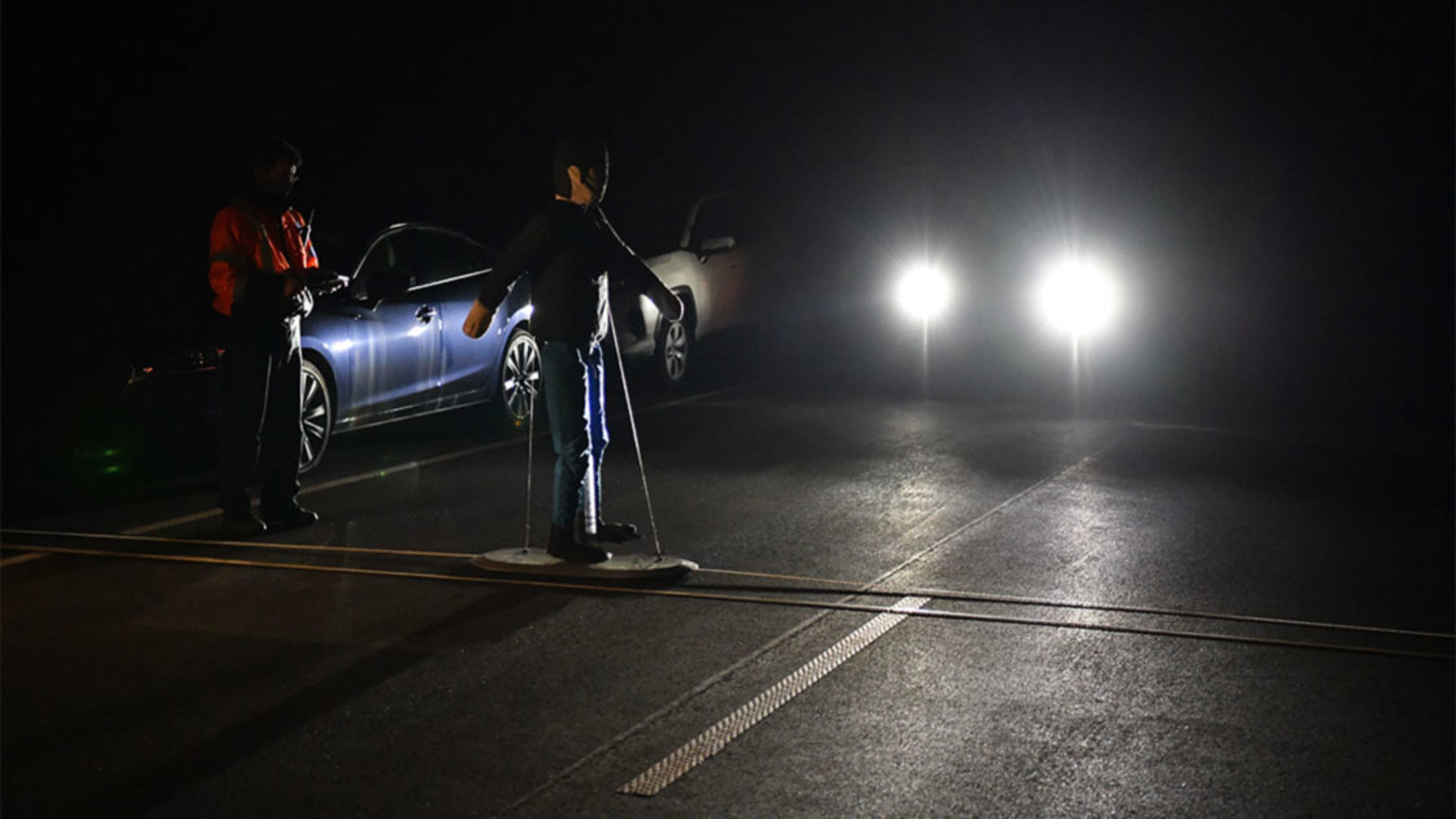One of the largest advocates for vehicle safety in the U.S. is petitioning regulators to improve and make mandatory a system that could help keep pedestrians safer on our roads, sidewalks, and crosswalks. Because Canadian vehicle safety rules often move in concert with those of our southern neighbours, nighttime pedestrian automatic emergency braking could be a big deal for Canadians as well.
The Insurance Institute for Highway Safety (IIHS) and the Highway Loss Data Institute (HLDI) are two parts of an insurer-funded group that pushes for stronger safety standards for cars, trucks, and SUVs. Though the IIHS is best known for crash testing, the group is the reason why so many vehicles have added automatic high beams since 2020, among other major safety developments over the past several decades.
The National Highway Traffic Safety Administration (NHTSA), the organization in charge of U.S. vehicle safety rules, plans to start work on requiring pedestrian automatic emergency braking (AEB). The IIHS and HLDI are petitioning to have systems that function in the dark become part of those rules.
AEB Provides Protection for Pedestrians
The two groups say that an analysis of insurance claims data and police-reported crash data have found big benefits to safety from vehicles equipped with pedestrian automatic emergency braking, a system in some vehicles that brakes automatically when the system detects hitting a pedestrian is imminent.
HLDI found that Subaru's EyeSight AEB "cut the rate of likely pedestrian-related insurance claims by 35 per cent." The IIHS found that pedestrian AEB systems cut injury crash rates by 30 per cent.
The same IIHS study found that the systems had virtually no effect at night on unlit roads, the conditions where more than a third of fatal pedestrian collisions happen.
There are systems designed to work on dark roads, but they are less common than their daytime counterparts. And less effective. The IIHS and HLDI say they "are urging [the NHTSA] not to overlook the importance of systems that can function well on dark roads.
U.S. and Canadian Safety Rules Often Follow
What does that mean for Canadians? While our two countries stray from Asian countries and the EU when it comes to vehicle safety standards, regulators in the U.S. and Canada tend to work together, or at least Transport Canada largely does what the NHTSA does. One of the most recent examples of this is the introduction of mandatory backup cameras on vehicles, where Transport Canada uses the same number for the section of code and references U.S. regulations in the Canadian rules.
Though there are some exceptions, common rules make selling cars in both countries easier for automakers. Transport Canada has already started consultations about AEB system requirements, and if the NHTSA follows the IIHS and HLDI petition, then it's likely that nighttime pedestrian AEB could also become part of our requirements.

